
The name Kidlandlee means the pasture near Cydda's land.
Kidlandlee is the main centre of the Estate from which it takes its name. Originally there would have only been a farm here, just like the other farms such as the Heigh and Milkhope. But this farm was to expand to have a Shooting Lodge, Stables, school and other constructions on its site.
| General Information |
| Shooting Lodge |
| Stables |
| School |
| Croquet Lawn |
| Kennels |
| Lake |
In general the owners who resided on the Kidland Estate lived at Kidlandlee.

In about 1747 Mr James Burn moved to run the farm at Kidlandlee. His reputation soon led him to be known as Sir Burn with his notorious white pony among the local shepherds. Often during the winter he would order the shepherds to tend to his flocks while he would remain in bed, clutching a bottle of whisky, much to the annoyance of his wife. Once during the clipping season he decided that the Crowdy (Oats and boiling water) was not of the right standard for his workers. So he ordered the best food in the house to be prepared and for the workers to feast on it much to the amazement of his wife and daughters. Sir Burn had three daughters, the first married Mr Davidson of Featherwood, the second to Mr Redhead of Windyhaugh and the third to Mr Horsley of Alwinton. Mrs. Horsley returned to Kidlandlee to her father because her husband frequently beat her. Sir Burns response was to escort his daughter back to Mr Horsley, on his white pony, and give him a taste of his own medicine. Sir Burn left Kidlandlee in 1767.
Kidlandlee is probably best known for the enormous shooting lodge erected by Captain A. D. Leyland of Haggerston castle circa 1900. At the time it was the highest shooting Lodge in England, standing 1261 feet (390m) above sea level. The Captain only resided at the lodge during the summer months. Inside the Lodge was said to be spectacular, no expense was spared at all.
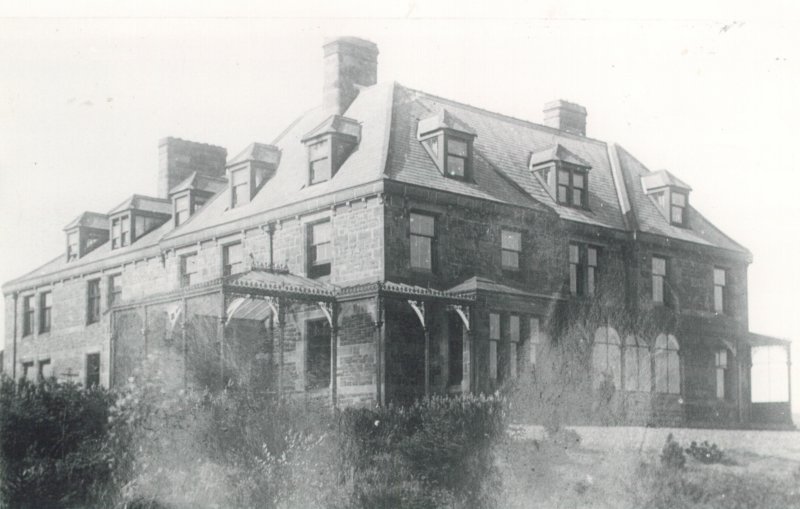
As can be seen from this photograph taken in 1910 it was not a small building. It dominated the skyline, see also the picture above.
The Leyland family were popular throughout the local area. This popularity was shown when they hosted a dinner and dance in September 1900 for Mrs. Cholmondeley's wedding. The shepherds and their families all went to the occasion, many of them contributing to its success in their own way. Some provided music, chairs, food etc. After the main meal the dancing was led off with the 'Keel Row'.
Mr Thomas Lee of Rothbury bought the Kidland Estate in 1925 with the Shooting Lodge. Mr and Mrs Lee scarcely resided in the Lodge. When they did it was only for a few days. In 1938 Mr Bill Cook moved fromWhiteburnshank to live at Kidlandlee and to look afterr the Shooting Lodge. He would check the hall everyday for things that required general maintenence such as damaged guttering, blocked drains and some internal things. All would be recorded in a book, ready to show Mr Lee.
Even in these remote parts crime was still a problem. A local story is that one snowy winter night some banging had been heard on the roof of the lodge. It was presumed to be the snow collect and settling on the roof. One of the footmen went out side but could not see any thing. The next morning it was discovered that someone had been on the roof and had removed some of the lead on the roof. The robbers must have only just got out as it was no night for walking and if they and stayed much longer their vehicle could not have mad it out.
Unlike the farms in the area the Lodge used coal as its main fuel rather than peat. The coal would be delivered by horse and cart from the coal merchant in Rothbury once a month.
Unfortunately this grand shooting lodge only stood for about half a century as it was demolished in the 1956. Different people have different views as to why the Lodge demolished. Also during this decade several other large mansions, such as Biddlestone Hall, were also demolished in the local area. Some say that many of the family were killed during the wars leaving no one to manage the houses. Others say the houses would have been too expensive to run after the war due to the scarceness of fuel.
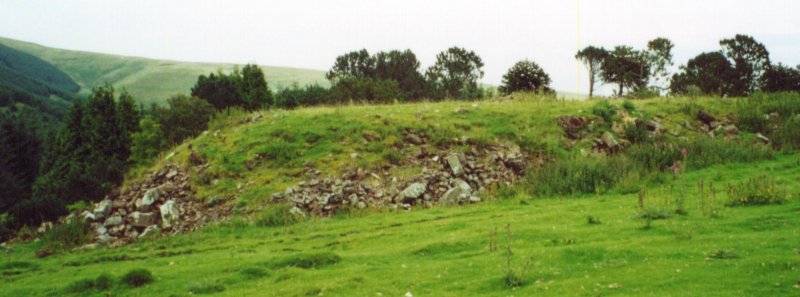
The Lodge was not taken down stone by stone as you might expect. They actually blew it up using charges. Apparently the charges were put in place and lit. Many of the charges did not go off but rather than sort out what had happened the builders went for their bait (lunch) at the stables. While they were having lunch the remaining charges went off and brought the lodge to the ground. Thankfully there was no one inside. Some of the stone was used to build the new cottages at Kidlandlee, some was transported and used down the valley. The remaining stone was bulldozed over the edge and is still there today.
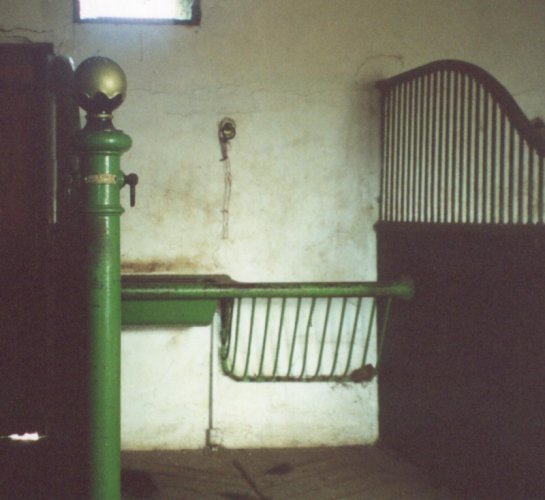
A large stable was also built to the North of the Lodge. The stables still stand today although they are no longer in use and their condition is in decline. Like the Lodge, no expense was spared. Some say the stables were furnished fit for the Queen. The Ironwork was very elaborate. Much of the original ironwork still remains, green with gold tops.
The living quarters for the Grooms were just as well furnished. Unfortunately the wooden staircase leading to the living quarters in the loft is rotten and unsafe to climb.
The stables were used as part of Dracula's castle in the 1984 film Dracula. Dracula, actor Lewis Jordan, can be seen scaling the walls of the stables in the dead of night. Kidlandlee was chosen because it was sufficiently dark with no street lighting. Filming was continually interrupted because planes kept flying over from the Otterburn training area.
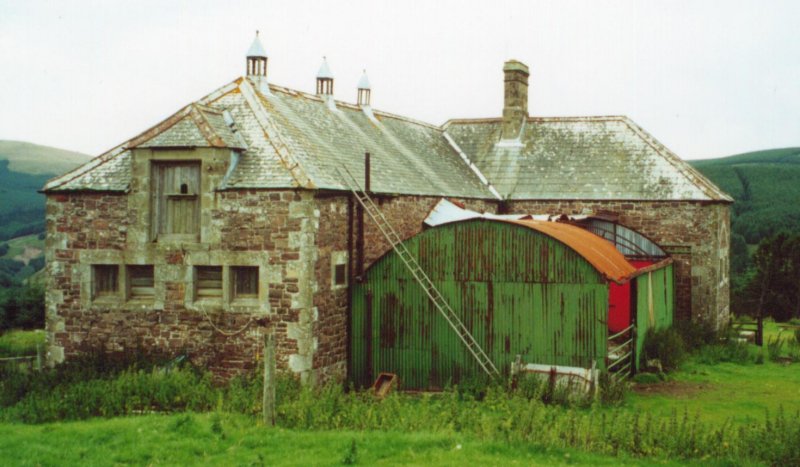
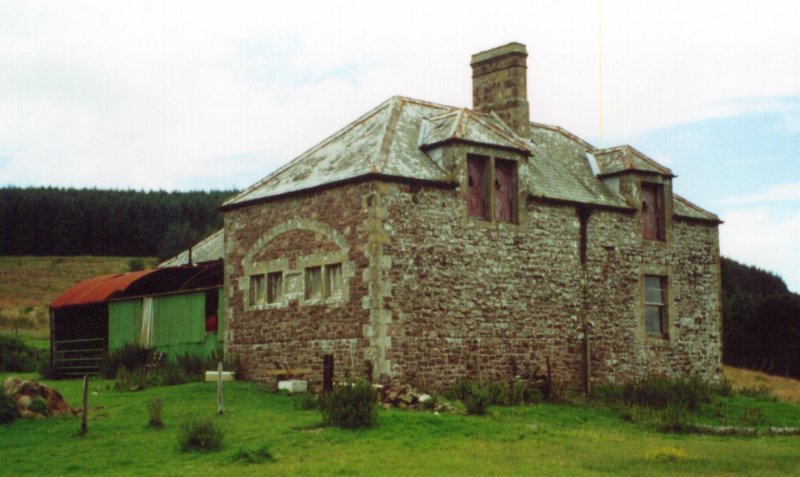
Kidlandlee was home to one of the remotest schools in England. It provided education for mainly the children of the Kidland Estate but also took pupils from the farms of Puncherton, Old Rookland and Wholehope. The catchment area did not include Fairhaugh, as Windyhaugh School was closer. The schoolroom still stands but it has been converted to a sitting room.

Kidlandlee School must have been opened after 1903 because an 'old fella' had to move away from Kidlandlee due no schooling available for his son. The school was well attended considering the sparse population. In 1932 there were 17 pupils with one teacher, Miss Coulson. She rented the right hand cottage at Kidlandlee. In those days your standard education was complete at the age of fourteen. Once students reached this age few could afford to continue their schooling so they left to work on the farms. This was true of Mr John Dickson who left the school in 1932 to work at Milkhope. He walked the 1.5 miles down the hill from Milkhope and back up to Kidlandlee, past the Shooting Lodge everyday of his time at Kidlandlee school. He would meet up with 4 children from the Heigh and the junction of Meadow Sike and the Yoke Burn by the ford. Apparently the Kidlandlee hill was so steep that it was like a staircase from where everybody put their feet.
| Farm | No. of pupils | Names |
| Wholehope | 2 | Barney & Ernest Thompson |
| Whiteburnshank | 2 | Winnie & Julia Wilson |
| Heigh | 4 | Tait |
| Milkhope | 1 | John Dickson |
| Puncherton | 4 | Hunter |
| Rookland | 3 | John & 2 girls |
| Kidlandlee | 1 | John Drummond |
Pupil John Drummond lived in the house that adjoined the schoolroom. He didn't even have to go outside to go to school, much to the envy of the other pupils who had to walk up to 3 miles to attend school in the bad weather.

In 1936 the teacher was Mrs Young. She was a nice teacher and lived in the right hand cottage. This cottage was rented to the teacher of the school. It is known that one of Mrs Young's pupils was the Niece to Mr Bill Cook who lived at Whiteburnshank at the time.
At one point in the school history there were pupils only attending from Old Rookland and Puncherton. A normal day at school would be Arithmetic in the morning, followed by Times Tables, Reading, Writing, History or Geography in the afternoon. There would be approximately three lessons a day, all taught by one teacher in the Schoolroom.
In 1954 the numbers attending the school had dropped quite significantly, only five pupils. Unfortunately the school was forced to close in 1957 when the teacher resigned, no replacement teacher could be found. The few remaining pupils were transferred to Harbottle School. The last pupils to attend the school were:
| Farm | No. of pupils | Names |
| Milkhope | 3 | Robert, Nellie & Marigold Hindmarsh |
| Puncherton | 1 | Alan Hunter |
| Kidlandlee | 1 | John Dunn |
As you approach the farm from the forestry track which is used today, there is a Croquet Lawn. A perfectly level square fo grass which looks a bit out of place in the rugged grass.
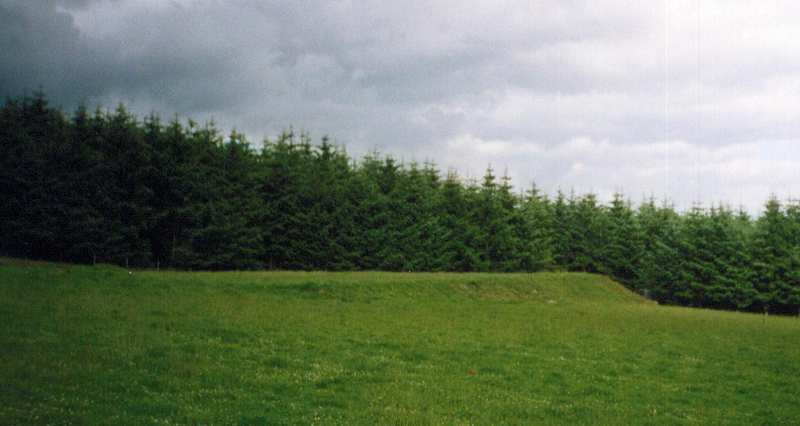
The old kennels may be found to the south of the cottages. They are said to have been decorated as lavishly as the stables.
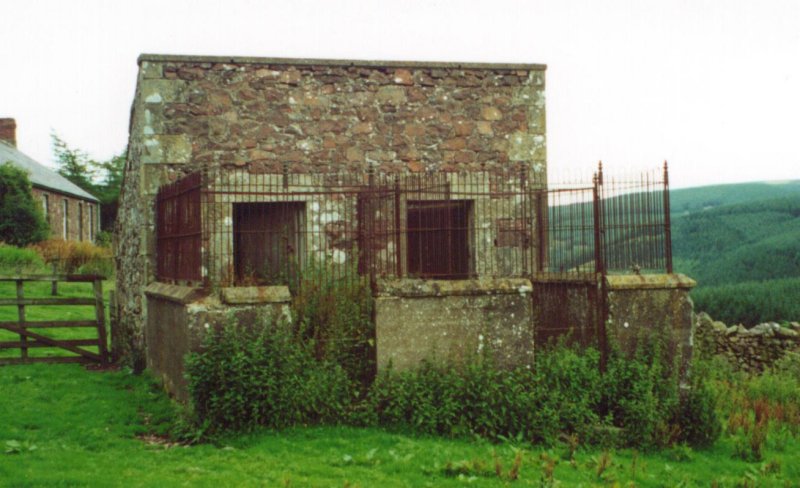
At the foot of the Kidlandlee hill, where the Kidlandlee Dean joins the River Alwin, Captain Leyland constructed a lake pictured below. The Lake is still there today although not many people know it exists as it is hidden by the forrest.
